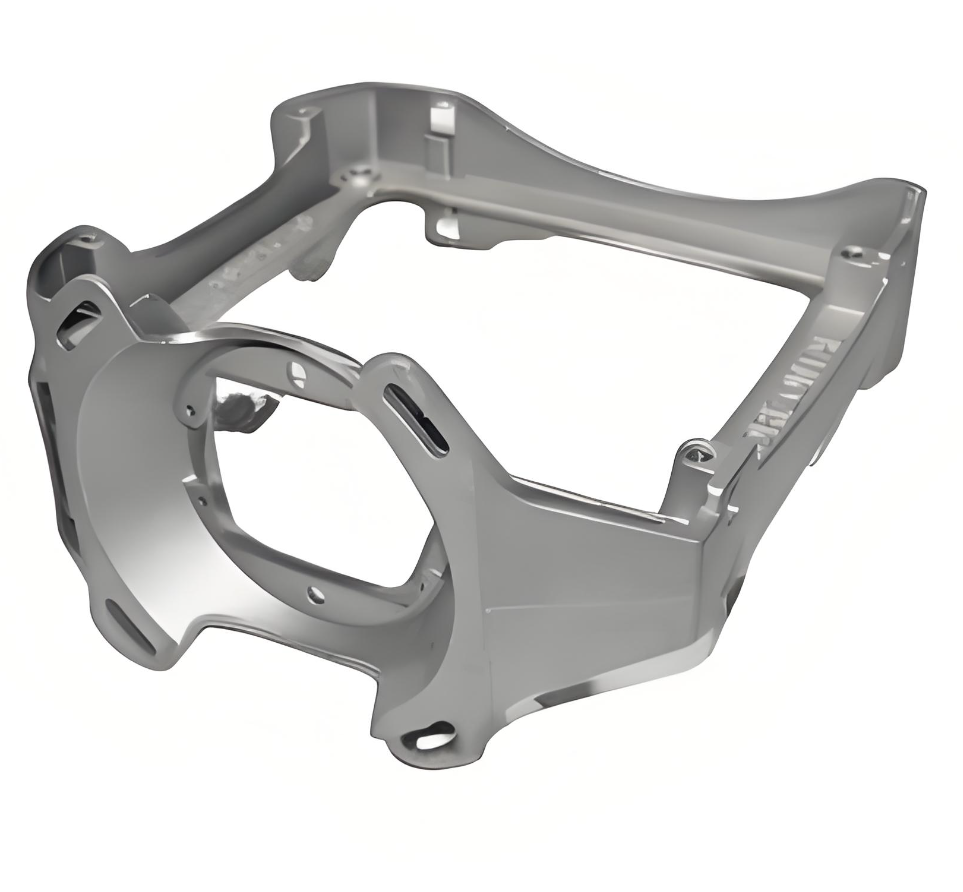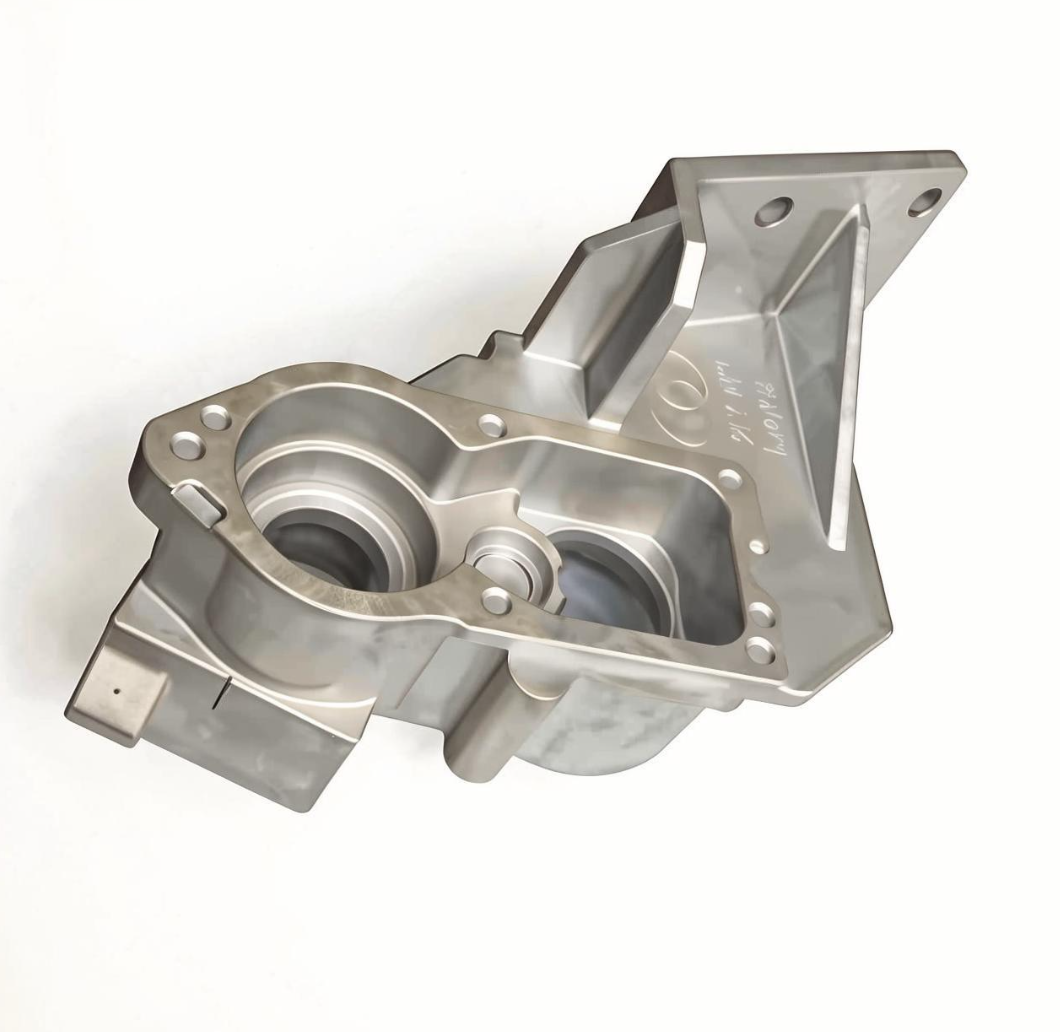Water Glass Casting (lost Wax Process)
Release time:2024-08-05 16:43:04 Number of views:964 Publisher:admin Source:编辑部
A.What is the water glass precision casting process?
The glass is melted and shaped through a mold. Generally, after the mold is manufactured, the glass melt is injected into the mold or the glass fragments are stacked in the mold of the pre-made mold, and the mold is put into the furnace for melting, and the mold with the glass domain is matched and then annealed and formed.
B.The advantages of water glass precision casting process.
1. The main difference between the advantages and disadvantages of water glass sand precision casting and chilled resin sand casting is that the production process is different because of the different binders and curing agents used.
2. In water glass sand casting, the water glass is colorless, odorless, and non-toxic. It is no problem if it gets on the skin and clothes and rinsed with water, but it must be avoided from splashing in people's eyes. Water glass does not release irritating or harmful gases during sand mixing, molding, hardening, and pouring, and there is no black and acid pollution. However, if the craftsmanship is improper and too many people are added to the water glass, the disintegration of the water glass sand will not be good. Dust flying when cleaning sand will also cause pollution. At the same time, it is difficult to regenerate old sand, and the discharge of waste sand causes alkaline pollution to the environment. If these two problems can be overcome, water glass sand can become environmentally friendly molding sand with basically no waste sand discharge. The fundamental measure to solve these two problems is to reduce the additional amount of water glass to less than 2%, which can basically shake out the sand. When the amount of water glass added is reduced, the residual Na2O in the old sand is also reduced. Using a relatively simple dry method for regeneration, it is possible to maintain the residual Na2O in the circulating sand below 0.25%. This reclaimed sand can meet the application requirements of single molding sand for small and medium-sized steel castings. At this time, even if the old water glass sand is not regenerated by the expensive and complicated wet method. With the relatively simple and cheap dry regeneration, it can also be fully recycled, basically, no waste sand is discharged, and the sand-iron ratio can be reduced to below 1:1.
3. Although resin sand has the advantages of high dimensional accuracy of castings, smooth surface, high modeling efficiency, it can manufacture castings with complex shapes and strict internal quality requirements, and easy recovery and regeneration of old sand; however, resin sand has high production costs and serious environmental pollution. Under the conditions that people have increasingly strict requirements for their own living conditions and the environment, the application of resin sand is limited to a certain extent due to the large investment in workshop labor protection and production environment sanitation. The water glass is colorless, odorless, and non-toxic, and there is no irritating or toxic gas overflow during the sand mixing molding, hardening, and casting processes. Therefore, in recent years, many countries have paid more attention to water glass sand.
C.Application of water glass precision casting process.
Water glass precision casting molds are used in nearly all manufacturing sectors, such as automotive, construction machinery, railway, ships, aerospace, agricultural machinery, mining, oil and gas, food service, and energy industries.
D.Characteristics of water glass precision casting.
1. Water glass precision casting is a process of investment casting. Compared with sand casting, it has higher precision and a better surface finish. Compared with silica sol casting, its price is more competitive. The parts cast by this process can be used directly or after a little processing, which can greatly reduce machining work, save machine tool equipment and processing time, and greatly save metal materials.
2. The dimensional tolerance of water glass precision castings is generally CT-8, and the surface roughness is Ra 12.5 μm. Castings ranging from 80g to 130kg can be cast. Water glass is used in the sand mixing process. Generally, most of the raw materials used in casting are sand. Sand cannot form a certain shape cavity. It needs a binder to make the sand have cohesive force. effect. Water glass is an inorganic chemical binder used in foundry production, and water glass is a general term for various poly silicate aqueous solutions.
3. The sand in casting can usually be recycled and reused after falling out, while water glass is a one-time consumable, which is still relatively expensive for casting.
E.Details of water glass precision casting process.
1. Mould: Normally Aluminum and Steel mold.
2. Pattern material: Low-temperature wax
3. Shell: Water glass or silica sand
4. Casting tolerance: Normally CT7-CT9
5. Casting weight:0.5 KG-200 KG
6. Casting material: Stainless steel, Carbon steel, Alloy Steel, Grey Iron, Ductile Iron
7.Material Standard:GB,ASTM,SAE,AISI,DIN,BS,JIS,NF,EN,AAR,ISO
F.Packing and Shipping.
1. Each product is carefully packed with bubble bags and packed in cartons. In order to cause scratches due to knocks, which will affect the quality and use of the product, we will use wooden boxes specially designed for export for packaging and transportation.
2. All products will be transported according to customer needs, such as express, air shipping, sea shipping, and railway shipping.
G.FAQs.
1. How can I get the quotation?
A:We send a quote based on drawing, quantity, weight, and material(a real sample is acceptable).
2. If I don't have the drawing, can you make a drawing for me?
A:Yes, we are able to make the drawing of your sample duplicate the sample.
3. What is your payment method?
A:Tooling:50% T/T advanced,50% T/T balance when sample approval.
Items bulk order:30% deposit T/T,70% balance T/T against the copy of B/L.
4. What kind of file format can you open?
A:PDF, IGS, DWG, X_T, STEP(STP).
5. What surface treatment can you do?
A:Including powder coating, sandblasting, painting, polishing, acid pickling, anodizing, enamel, zinc plating, hot-dip galvanizing, and chrome plating.
6. What is your way of packing?
A:Each product is carefully packed with bubble bags and packed in cartons. In order to cause scratches due to knocks, which will affect the quality and use of the product, we will use wooden boxes specially designed for export for packaging and transportation.
7. Do you have a sub-company overseas?
A:Yes, we have a sub-company in Michigan, USA.



